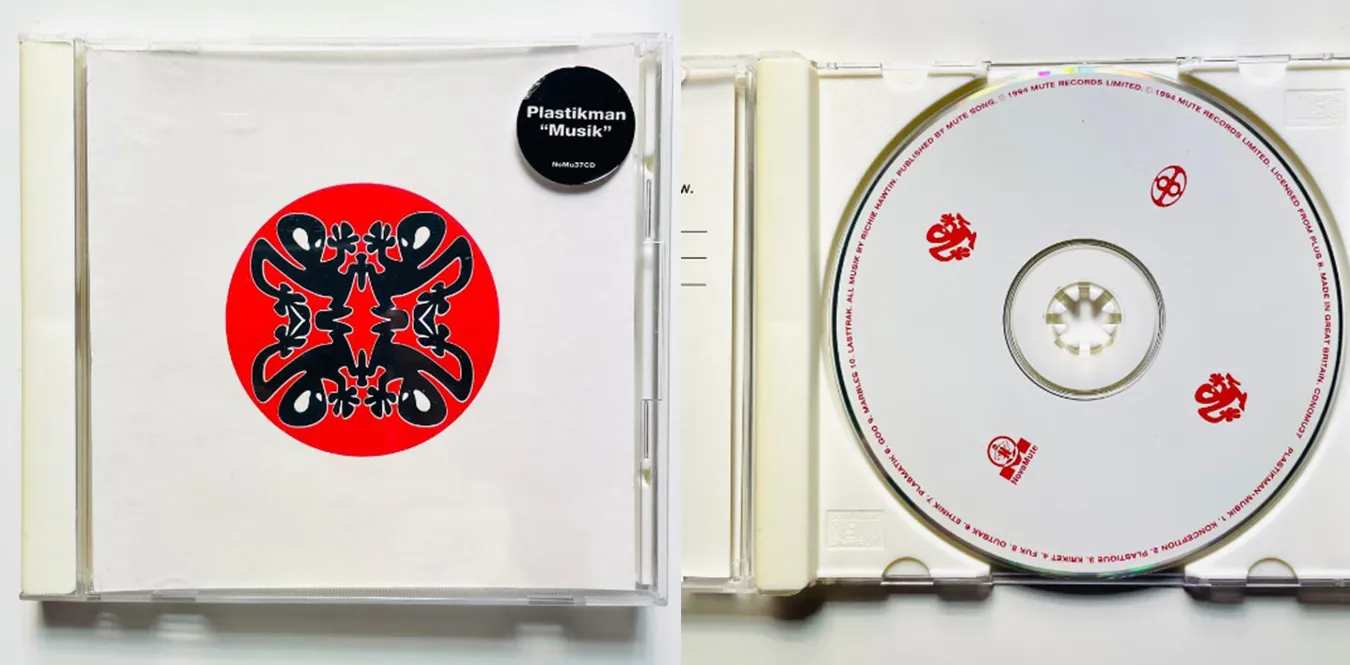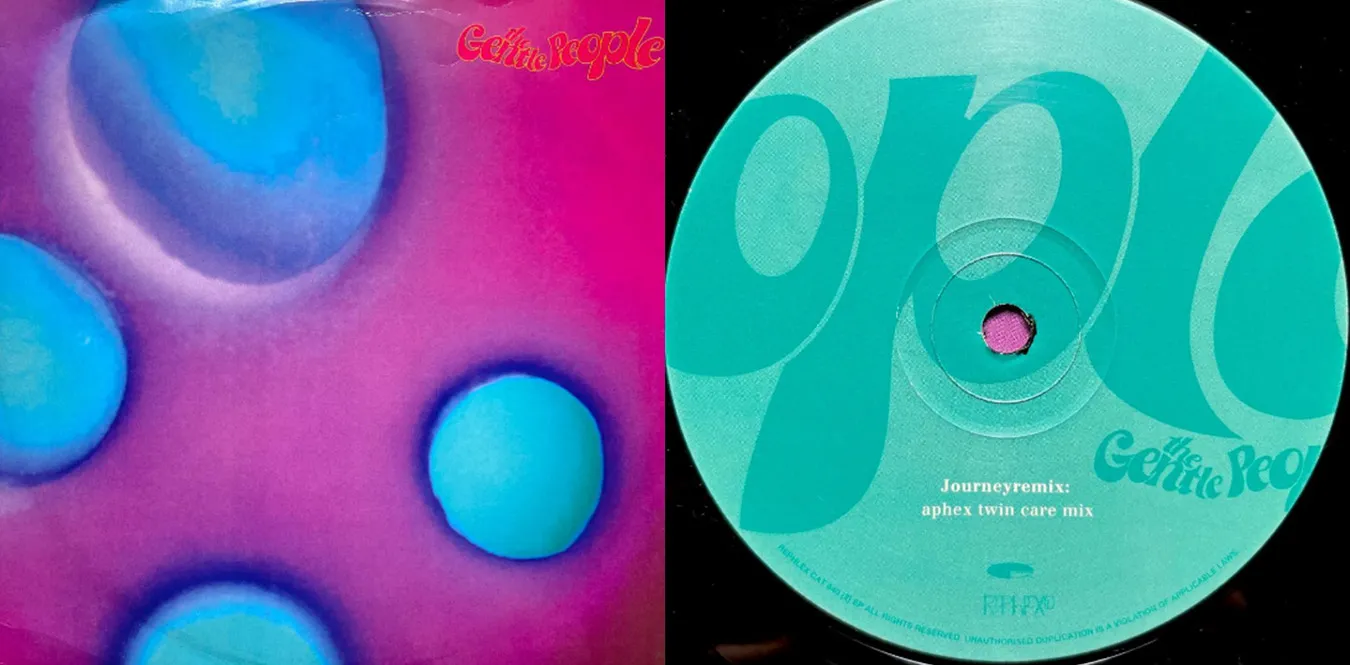![[Column] MERZBOW ── Noise, the liberating acoustics](/../assets/images/column-merzbow.webp)
Prologue: Noise as the inversion of silence
Text: mmr|Theme: Exploring the philosophy and cultural historical significance of noise music developed by Masami Akita = Merzbow
Since the 1980s, the ““noise music’’ that originated in Japan has followed a unique trajectory in the history of world music. The person who has continued to stand at the center of this is Masami Akita (Merzbow). His sound is violent yet meditative, destructive yet organic. It goes beyond the framework of ““music” and should instead be seen as an ““aural philosophical experiment.”
The name Merzbow comes from Schulz’s Dada-like collage work ““Merzbau’’. In other words, the very act of dismantling existing structures and reconstructing the fragments is his creative principle. Akita has been active for over 40 years, but his philosophy has always been ““the politics of listening’’. Noise is not just “noisy sound”, but a counterattack of sounds that have been excluded from the social order.
Background: Japan’s avant-garde soil and DIY culture
At the end of the 1970s, Tokyo’s underground was filled with a diverse spirit of experimentation. The context of contemporary music by Yuji Takahashi and Toru Takemitsu, the impulses of punk/free jazz, and the happening practices of the art world intersect. During this time, Akita studied the history of art at an art university and explored the relationship between the body and sound.
Early Merzbow was developed as an ““action art’’ that involved the audience and the space through live noise, similar to action painting. Also, the cassette culture (cassette underground) supported his expression. The DIY spirit of home recording + mailing network was a precursor to what would later become an Internet-like phenomenon.
Aesthetics: Noise = pleasure of demolition
Merzbow’s aesthetic lies in ““regeneration, not destruction’’. His noise shatters all genres, structures, harmony, and emotions, but then a new order emerges. The infinite folding of sound particles pushes the listener’s hearing to new sensory horizons.
“Noise is the sound of freedom. No one can control it.” ─ Masami Akita (Interview, 1994)
Merzbow’s creative process is often compared to the structure of an ecosystem. Analog noise (feedback, tape loops, effects running wild) and post-digital glitchy precision intertwine like biological mutations. There exists a ““resonance between inorganic and organic’’.
Equipment and production process: acoustic “ecosystem”
In the early days, the focus was on ““physical noise’’ directly connected to metal junk, amplifiers, microphones, magnetic tape, effectors, etc. In the mid-1990s, with the introduction of Macs and digital devices, the granularity and controllability of sound suddenly changed. However, Akita does not aim at control, but instead shifts to experiments to find the ““point of collapse of control.’’
His studio is an organism of its own, with its myriad analog devices and patch cables intertwined. Merzbow’s “sound” is a record of the mutual interference process between humans and machines.
Social context: animal welfare and anti-capitalism
Since the 2000s, Akita has openly advocated animal rights movements and veganism, and has begun to incorporate these ideas into his music. In his representative works ““Animal Liberation” and ““Ecoid” series, he redefined noise as a critique of anthropocentrism. In other words, noise is not just a sound, but takes on the meaning of an ecological resistance movement.
Merzbow’s music is also the antithesis of the capitalist commodity form. Despite being the opposite of “music that sells,” the paradox of receiving high acclaim at festivals and museums around the world was born.
International influence: making noise a global language
Since the 1990s, Merzbow has been mythologised through underground networks around the world. Its influence extended to many artists such as Wolf Eyes (US), Prurient (US), and Alva Noto (Germany). His ““Japanese noise’’ became an important reference point for Western critics as well, as it represents the coexistence of Oriental tranquility and violence.
In the 2000s, the noise scene spread to Indonesia, Russia, and South America. At the root of this is the philosophy established by Merzbow: ““Anyone can dismantle the world with sound.’’
Current: Noise after AI
In the 2020s, as music generation by AI becomes commonplace, Merzbow’s presence is once again gaining traction. His noise became a symbol of ““the non-algorithmic chaos of human consciousness.’’ The more orderly and beautiful the generative music becomes, the more Merzbow’s “chaos” stands up as traces of real life.
The “distortion of consciousness” that cannot be reproduced with AI noise is the human reality that his sound emits. It is the last wild thing against the ““music without body’’ of the 21st century.
Conclusion: Noise is proof of life
Merzbow’s sound is no longer a genre. It is an extension of the fundamental impulse of ““living = listening.’’ Incorporating even silence into noise, he has recorded the vibration of existence itself at the extreme of sound.
“Noise is the voice of life that has not yet been named.”
Chronology: Merzbow’s trajectory
Noise generation structure diagram
Position in the history of Japanese avant-garde music
Evolution process of noise music
Recommended disc
Merzbow – Merzbird
Merzbow’s “Merzbird” was released in 2004 by the American label Important Records.
Tracklist
1. Black Swan
2. Mandarin Duck
3. Emu
4. Victoria Crowned Pigeon
5. White Peafowl
6. Brown Pelican
Youtube
References/Materials
“Noise is not the grave of music, but the rebirth of music.”

![[Column] Zeni Geva – 30 years of history as the pinnacle of Japanese experimental noise rock](/../assets/images/column-zeni-geva.webp)

![[Column] Glitch: When noise turns into beauty](/../assets/images/column-glitch.webp)
![[Column] Ben Frost and acoustic architecture: Between noise and structure](/../assets/images/column-ben-frost.webp)
![[Column] Noise Desert: From the 2000s Texas Scene to the Present](/../assets/images/column-texas-noise.webp)
![[Column] Bay Area Noise/Experimental Music Scene — 50 Years of Destruction and Resonance](/../assets/images/column-bay-area-san-francisco-nose.webp)
![[Column] High brands and noise music — the intersection of luxury and radical acoustics](/../assets/images/column-high-brands-noise-music.webp)
![[Column] The trajectory of Japanese underground rock and noise from the 90s to the 2000s](/../assets/images/column-japanese-underground-rock-noise.webp)

![[Column] History and masterpieces of Experimental Music: From its origins to the present](/../assets/images/column-experimental-music.webp)

